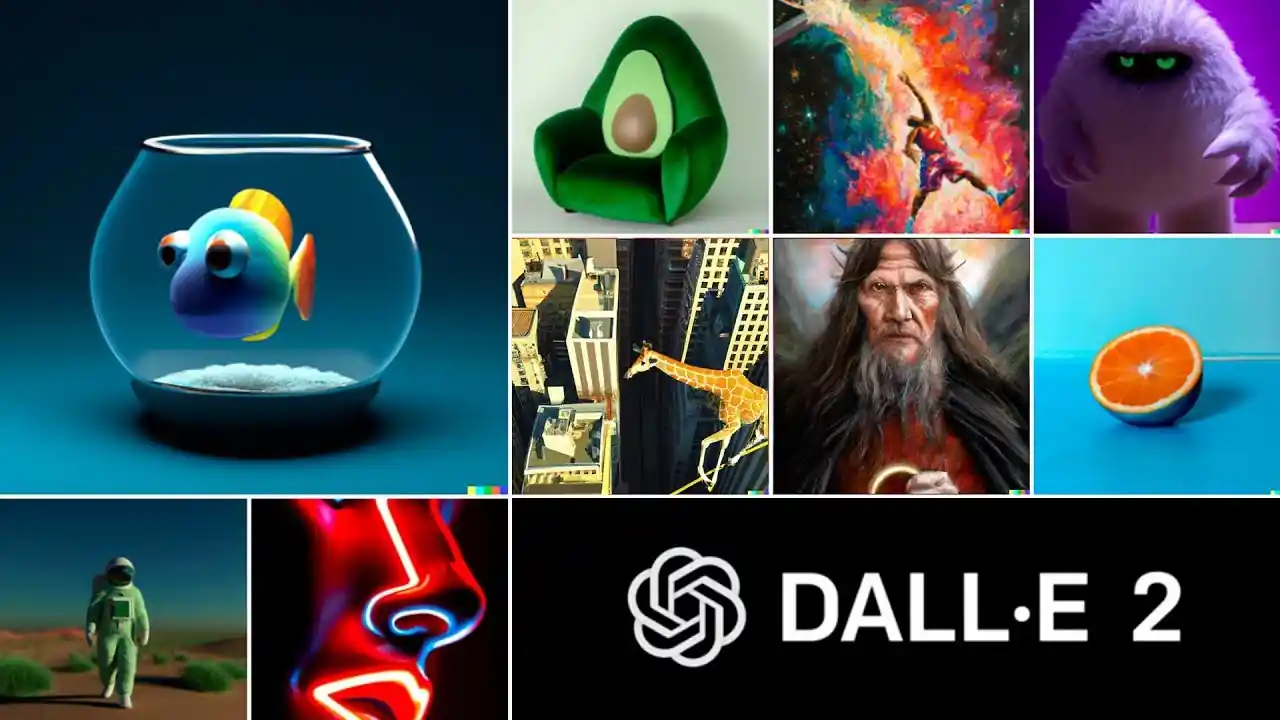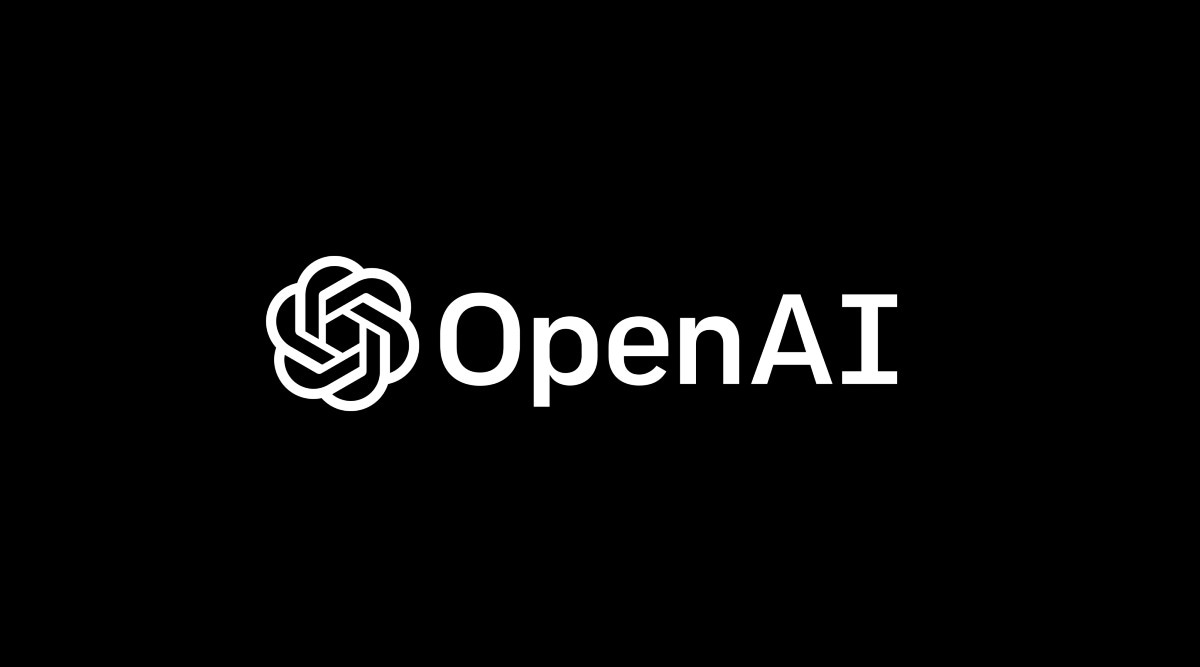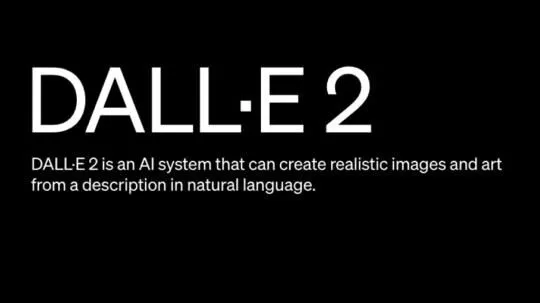What is Dall-E?
Dall-E is a generative man-made intelligence innovation that empowers clients to make new pictures with text-to-illustration prompts. Practically, Dall-E is a brain organization. Dall-E can create completely new pictures in quite a few unique styles as determined by the client’s prompts.
The name Dall-E is a praise to the two different center subjects of innovation. and indicating the objective of combining workmanship and simulated intelligence innovation. The initial segment (DALL) is planned to be suggestive of the renowned Spanish surrealist Salvador Dali. while the subsequent part (E) is connected with the made-up Disney robot Wall-E. The blend of the two names mirrors the theoretical and fairly strange illustrative force of the innovation, that is computerized by a machine.
Dall-E was created by man-made intelligence seller OpenAI. and was first sent off in January 2021. The innovation utilizes profound learning models close by the GPT-3. GPT-3 is an enormous language model as a base to comprehend regular language client prompts and create new pictures.
Dall-E is a development of an idea that OpenAI initially started to discuss in June 2020. initially called Picture GPT. which was an underlying effort to show the way that a brain organization can be utilized to make new great pictures. With Dall-E, OpenAI had the option to broaden the underlying idea of Picture GPT. and to empower clients to produce new pictures with text fast. similar to how GPT-3 can create new text in light of normal language text prompts.
The Dall-E innovation squeezes into a class of computer-based intelligence. that is in some cases alluded to as a generative plan and contends with other comparable innovations including Stable Dissemination and Midjourney.
How does Dall-E work?
Dall-E works by utilizing various innovations including regular language handling (NLP), huge language models (LLMs), and dispersion handling.
Dall-E was constructed utilizing a subset of the GPT-3 LLM. Rather than the full 175 billion boundaries that GPT-3 gives, Dall-E involves just 12 billion boundaries in a methodology that was intended to be improved for picture age. Very much like the GPT-3 LLM, Dall-E additionally utilizes a transformer brain organization – – additionally just alluded to as a transformer – – to empower the model to make and grasp associations between various ideas.
In fact, the methodology that empowers Dall-E was initially nitty gritty by Open artificial intelligence scientists as Zero-Shot Text-to-Picture Age and made sense of in a 20-page research paper delivered in February 2021. Zero-shot is a simulated intelligence approach where a model can execute an errand, for example, producing a completely new picture, by utilizing earlier information and related ideas.
To assist with demonstrating that the Dall-E model had the option to accurately create pictures, Open artificial intelligence additionally constructed the Clasp (Contrastive Language-Picture Pre-preparing) model, which was prepared on 400 million named pictures. OpenAI utilized Clasp to assist with assessing Dall-E’s result by investigating which inscription is generally reasonable for a produced picture.
The principal cycle of Dall-E (Dall-E 1) produced pictures from text utilizing an innovation known as a Prudent Variational Auto-Encoder (dVAE) that was fairly founded on research directed by Letters in order’s DeepMind division with the Vector Quantized Variational AutoEncoder.
Dall-E 2 is better on the techniques utilized for its original to make all the more very good quality and photorealistic pictures. Among the ways, Dall-E 2 works is with the utilization of a dispersion model that incorporates information from the Clasp model to assist with producing a better picture.
Dall-E Use Cases
As a generative computer-based intelligence innovation, there is an extensive variety of conceivable use cases for Dall-E to help people and associations, including the accompanying:
• Inventive motivation. The innovation can be utilized to assist with moving an imaginative individual to make a new thing. It can likewise be utilized as an enhancement to a current innovative strategy.
• Amusement. Pictures made by Dall-E might actually be utilized in books or games. Dall-E can go past the capacities of generally PC-produced symbolism (CGI) in that the brief framework is simpler to use to make designs.
• Instruction. Instructors and teachers use Dall-E to create pictures to make sense of various ideas.
• Publicizing and showcasing. The capacity to make altogether interesting and novel pictures can be valuable for publicizing and showcasing.
• Item plan. An item originator can utilize Dall-E to imagine a novel, new thing, just with the utilization of text, in a methodology that can be fundamentally quicker than utilizing conventional PC-supported plan (computer-aided design) advancements.
• Workmanship. Dall-E can be utilized by anybody to make new workmanship to be appreciated and, surprisingly, shown.
• Style plan. As an enhancement to existing devices, Dall-E might possibly be valuable to assist with molding originators to concoct new things.
What are the benefits of Dall-E?
Dall-E can give various potential advantages including the accompanying:
• Speed. In an exceptionally brief timeframe, frequently under a moment, Dall-E can create a picture from a straightforward text brief.
• Customization. In view of a text speedy, a client can make an exceptionally tweaked picture of almost whatever can be envisioned.
• Openness. Since it simply requires regular language text, Dall-E is moderately open to clients and requires no broad preparation or explicit programming abilities.
• Extensibility. Dall-E can assist a person with broadening a current picture, by remixing it or permitting it to be rethought in another manner.
• Cycle. New and existing pictures can be iterated rapidly with Dall-E, permitting clients to produce different cycles.

What are the limits on Dall-E?
While Dall-E has a lot of advantages, the capacities of the innovation are not boundless. There are a few limits on Dall-E:
• Copyright. The issue of copyright on pictures made by Dall-E, as well as whether it was prepared on protected pictures remains a worry.
• The authenticity of created craftsmanship. There are some who additionally question the authenticity and morals of computer-based intelligence-created craftsmanship and whether it uproots people.
• Informational index. Despite the fact that Dall-E was prepared to utilize a huge informational index, there is still immeasurably more information for pictures and portrayals that is accessible. Thus, a client brief might possibly not produce an expected picture as the model misses the mark on basic data.
• Authenticity. However Dall-E 2 has decisively further developed the picture nature of the created pictures, a few pictures can in any case have a quality that doesn’t make them look genuine enough for certain clients.
• Setting. To get the right picture, a client should have a plainly characterized brief. Assuming that the brief is excessively nonexclusive and misses the mark on the setting, the picture produced by Dall-E might be mistaken.
How much does Dall-E cost?
Dall-E can be utilized both by people and designers who can decide to implant the innovation through a Programming interface into their own contributions.
For those utilizing Dall-E straightforwardly on the OpenAI site, the organization has worked out a credit framework to assist with metering utilization. Presently, free attributes are conceded to early adopters of Dall-E who joined before April 6, 2023. These free credits renew consistently and lapse a month after they are conceded. A credit is consumed for each solicitation that is made to create or redo a picture with Dall-E. New clients can buy credits. As of April 2023, 115 credits cost $15. Paid credits lapse a year after buying.
For engineers utilizing the Programming interface, OpenAI bills on an expense for each picture premise. The expense fluctuates in light of the picture size. In April 2023, a 256×256 picture cost $0.016, a 512×512 expense $0.018, and 1024 x1024 cost $0.020 per picture.
OpenAI likewise gives volume limits through its endeavor deals association. The most forward-thinking estimating can be found on its Pricing page.

Dall-E vs. Dall-E 2
Dall-E 2 addresses the development of the first Dall-E motor, furnishing clients with a progression of improved capacities.
Dall-E 1 was declared in January 2021, while Dall-E 2 turned out in April 2022. With the first Dall-E, OpenAI utilized a dVAE to create pictures. Dall-E 2 proposes a dispersion model that can produce greater pictures. OpenAI claims that Dall-E 2 pictures can have multiple times the goal of pictures made with Dall-E. Dall-E 2 likewise profits by speed and picture size capacity improvement over its ancestor, empowering clients to create greater pictures at a quicker rate.
The capacity to alter a picture utilizing various styles was additionally altogether extended with the Dall-E 2 model. For instance, a brief can determine a picture drawn as pixel craftsmanship or as an oil painting. Dall-E 2 additionally presented the idea of outpainting which permits clients to make a picture as an augmentation (or outpainting) of a unique picture.

